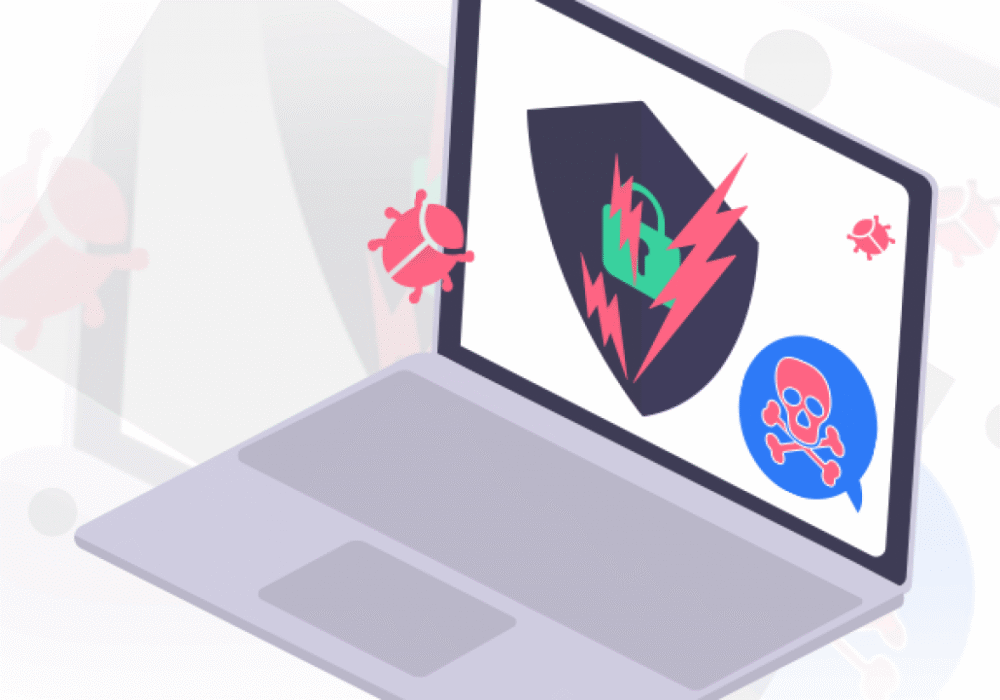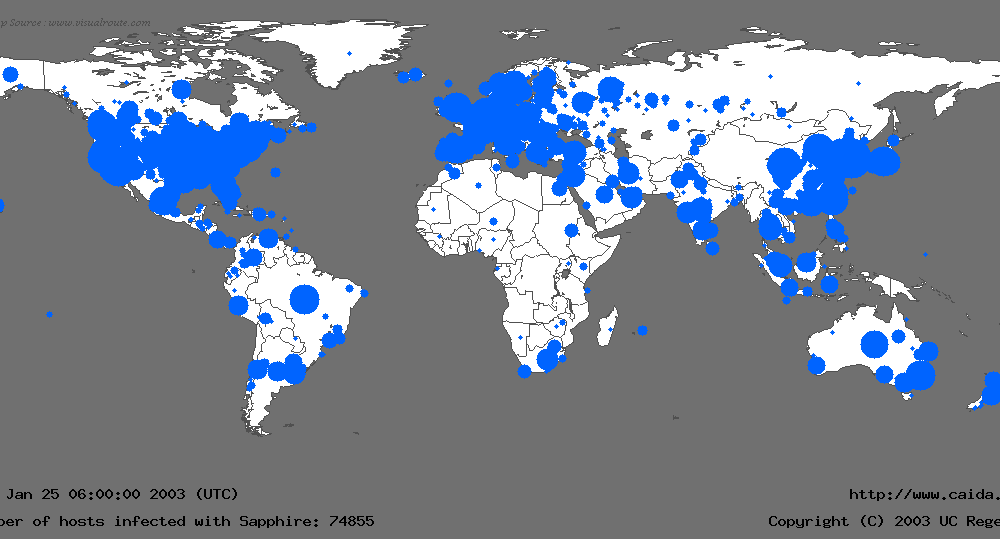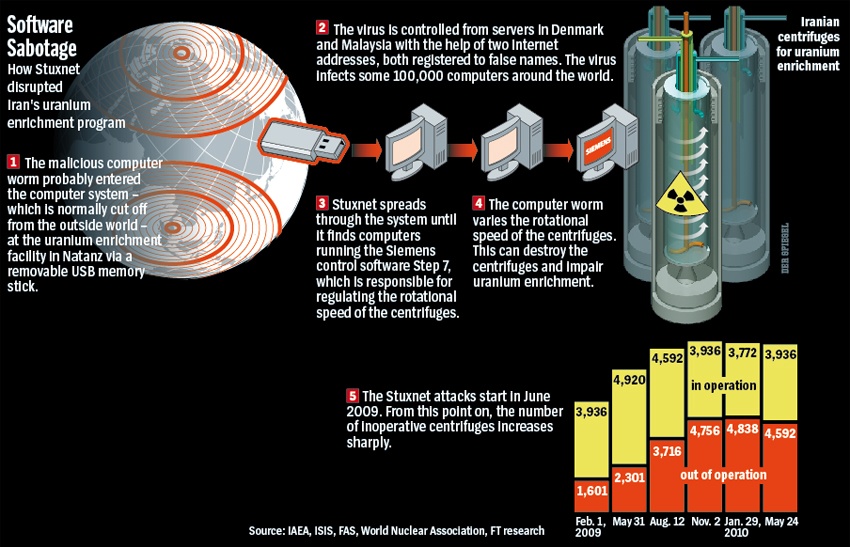"Single Digits chose CyberHoot to address our Awareness Training and Policy Governance needs because it was simple and effective. Unlike other LMS systems which require 45-minute training videos and dozens of trick questions, our staff receives important training in less than 10 minutes once a month. I’d recommend CyberHoot to anyone looking for a quick, simple, cost-effective approach to securing their business in the 21st century. You’ll be glad you did!"













